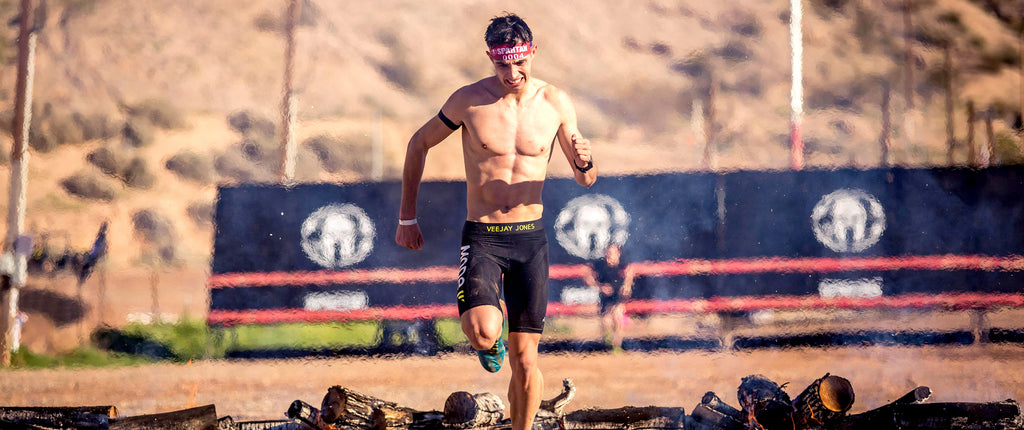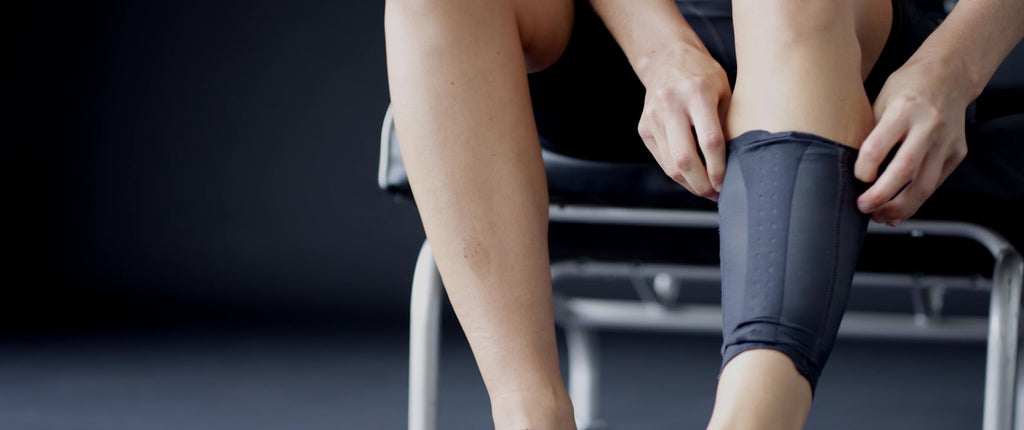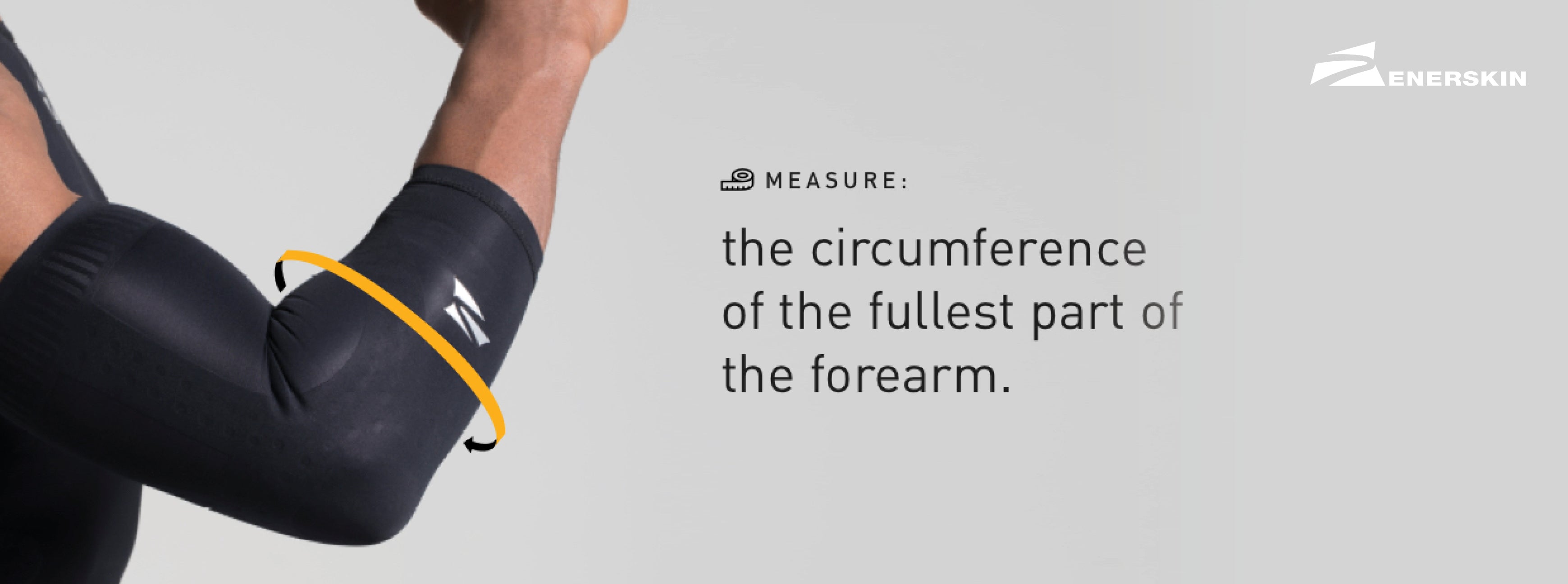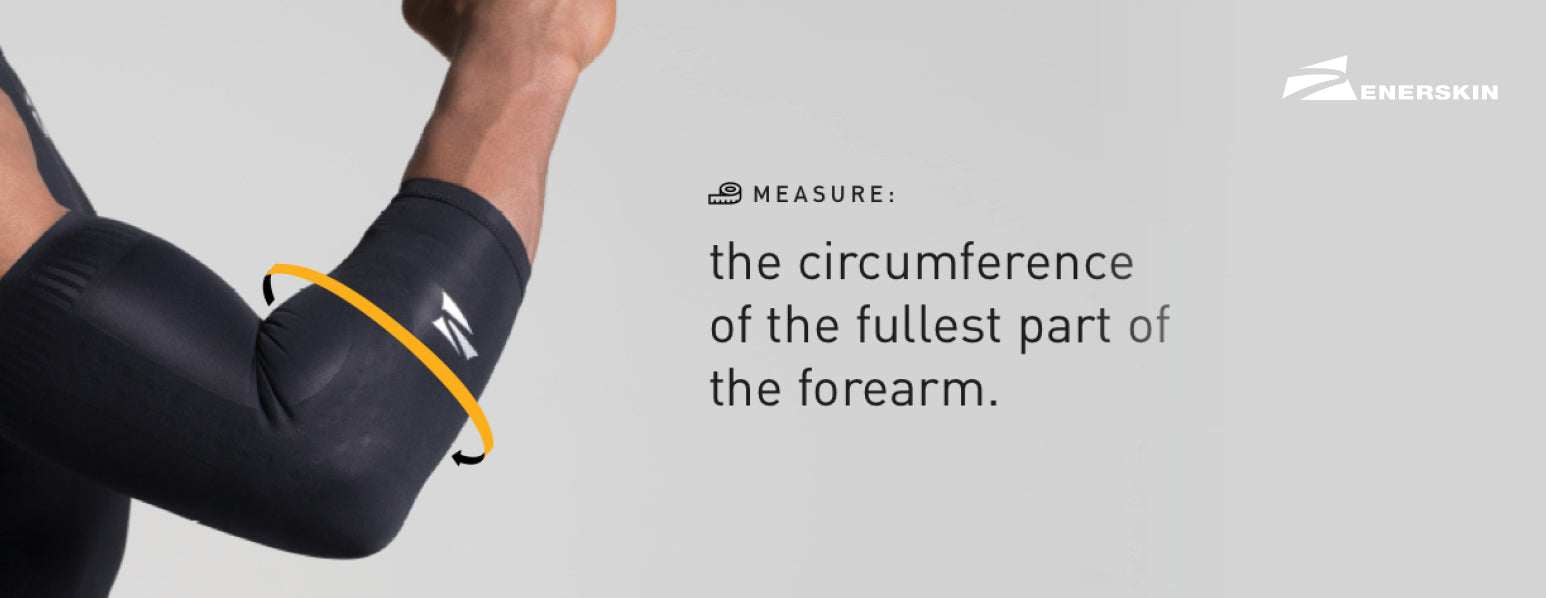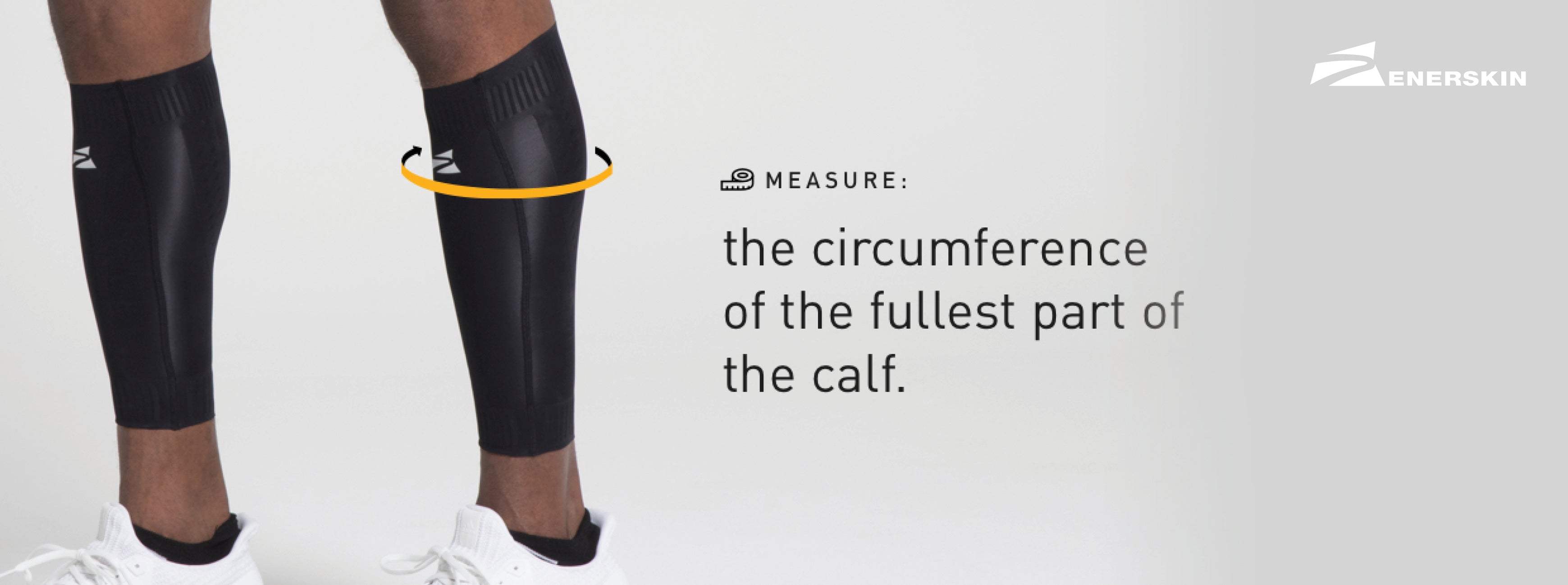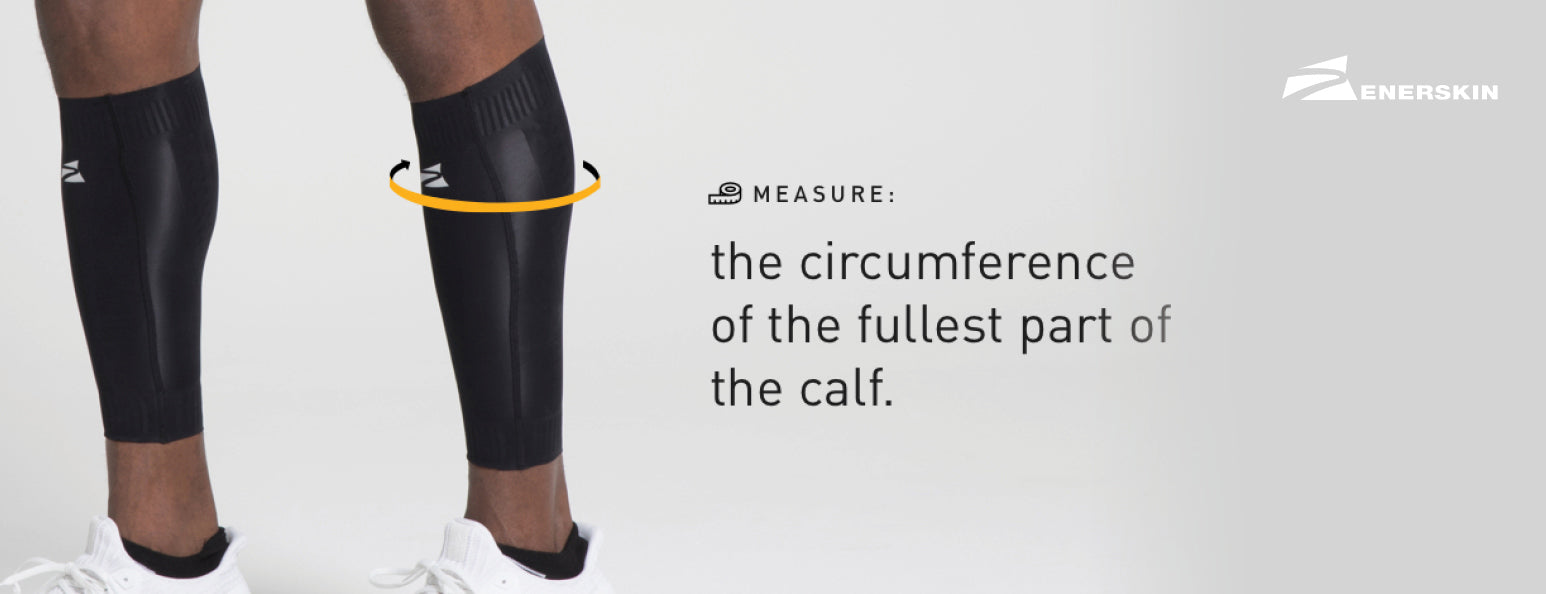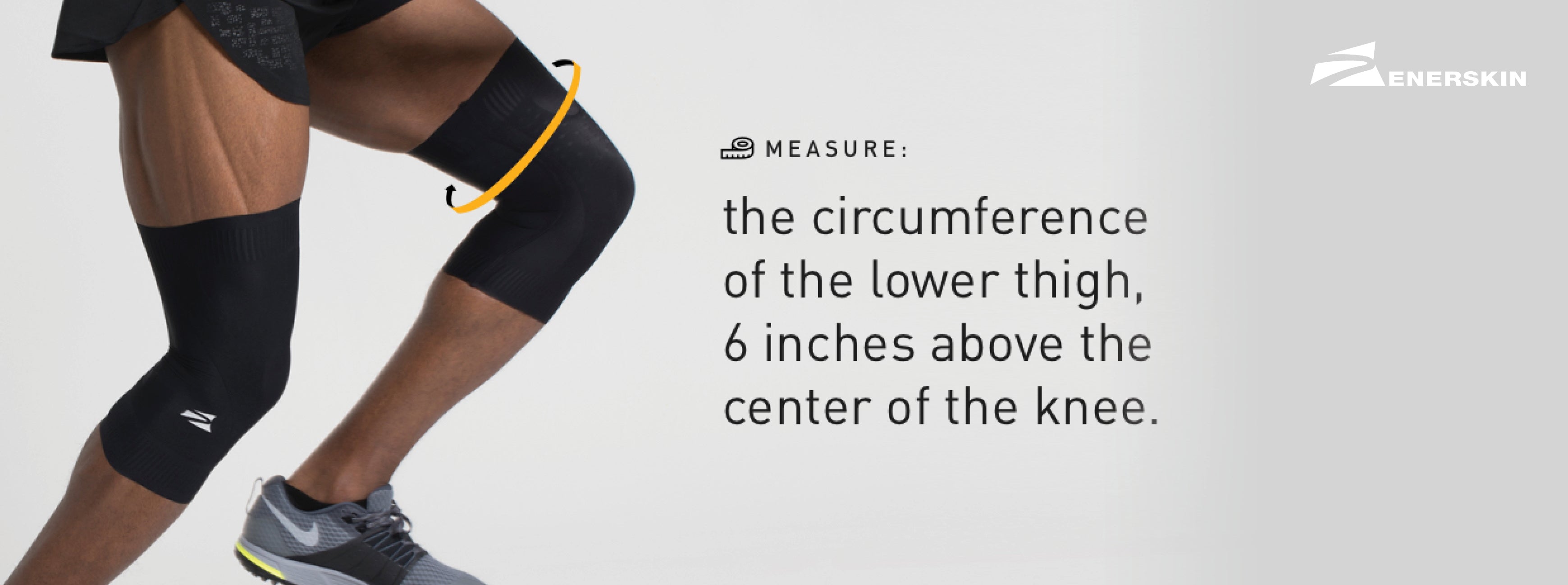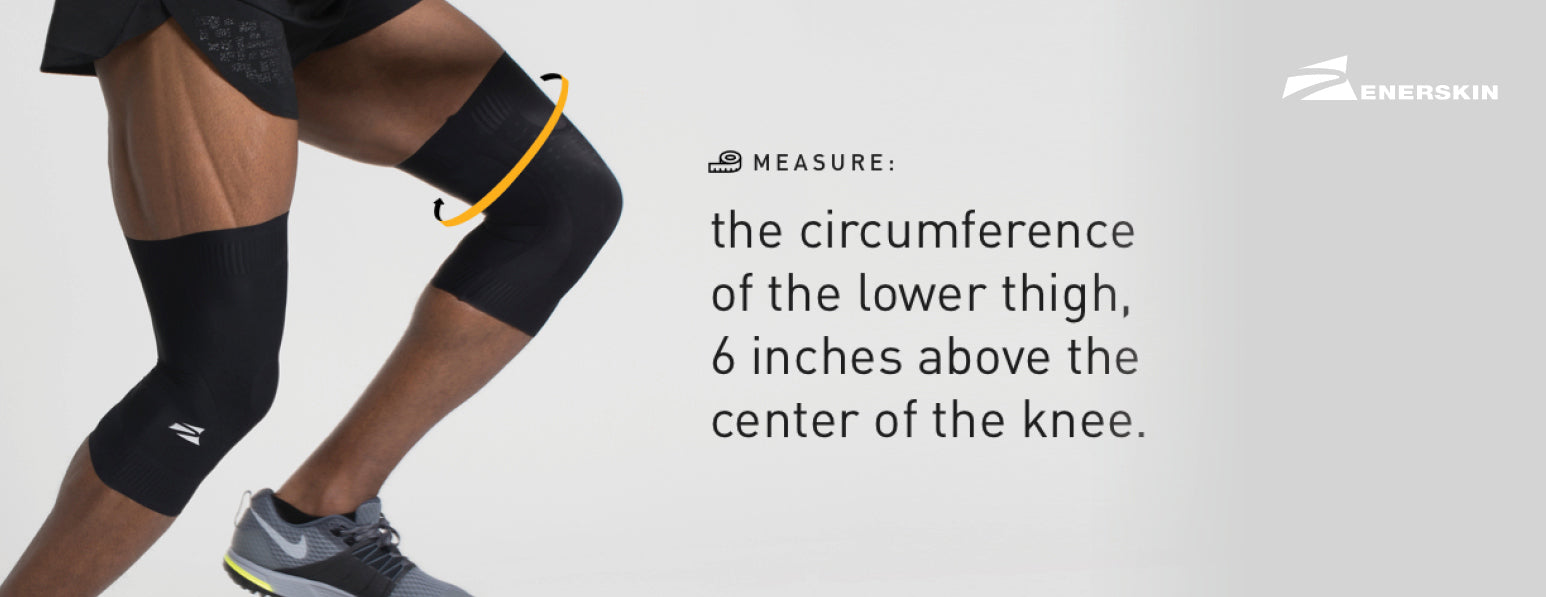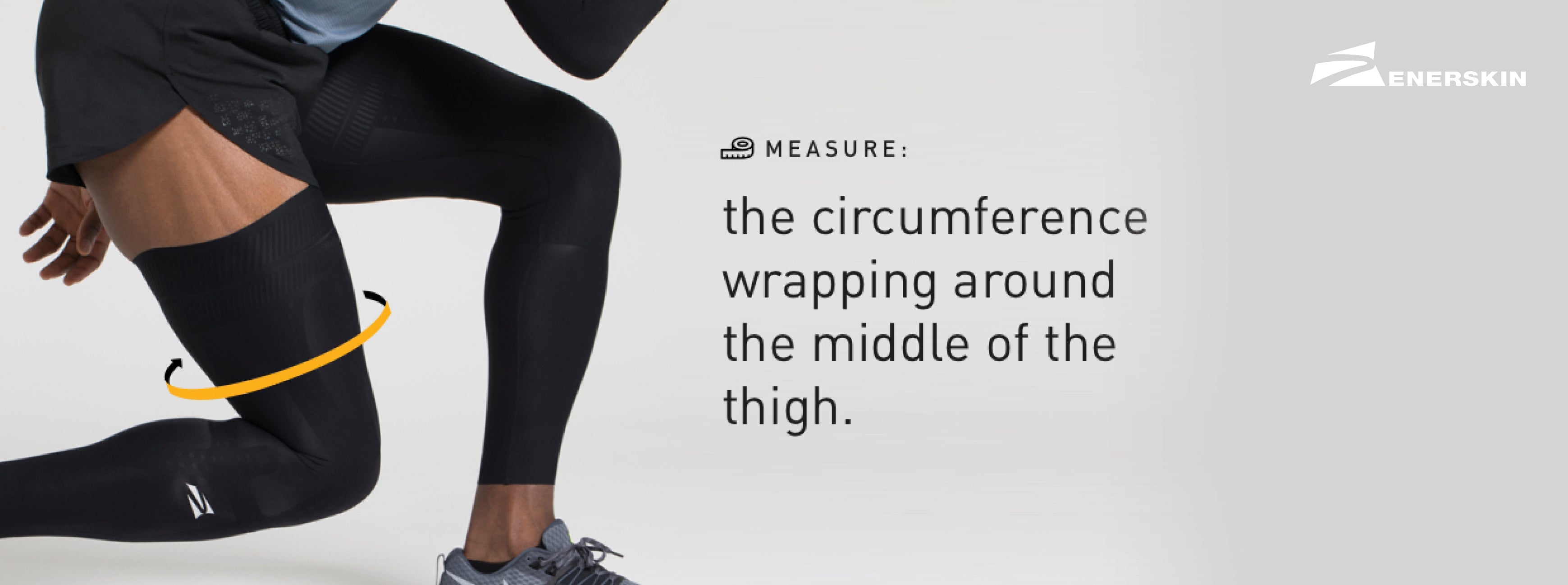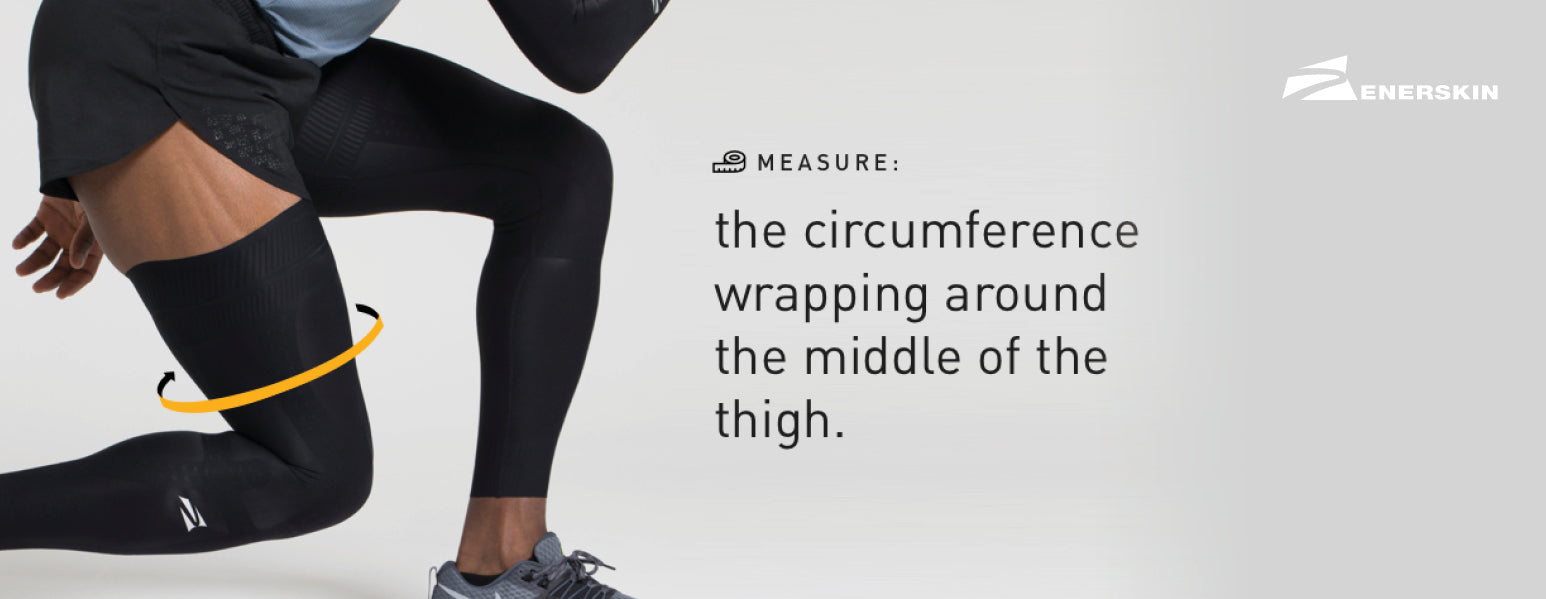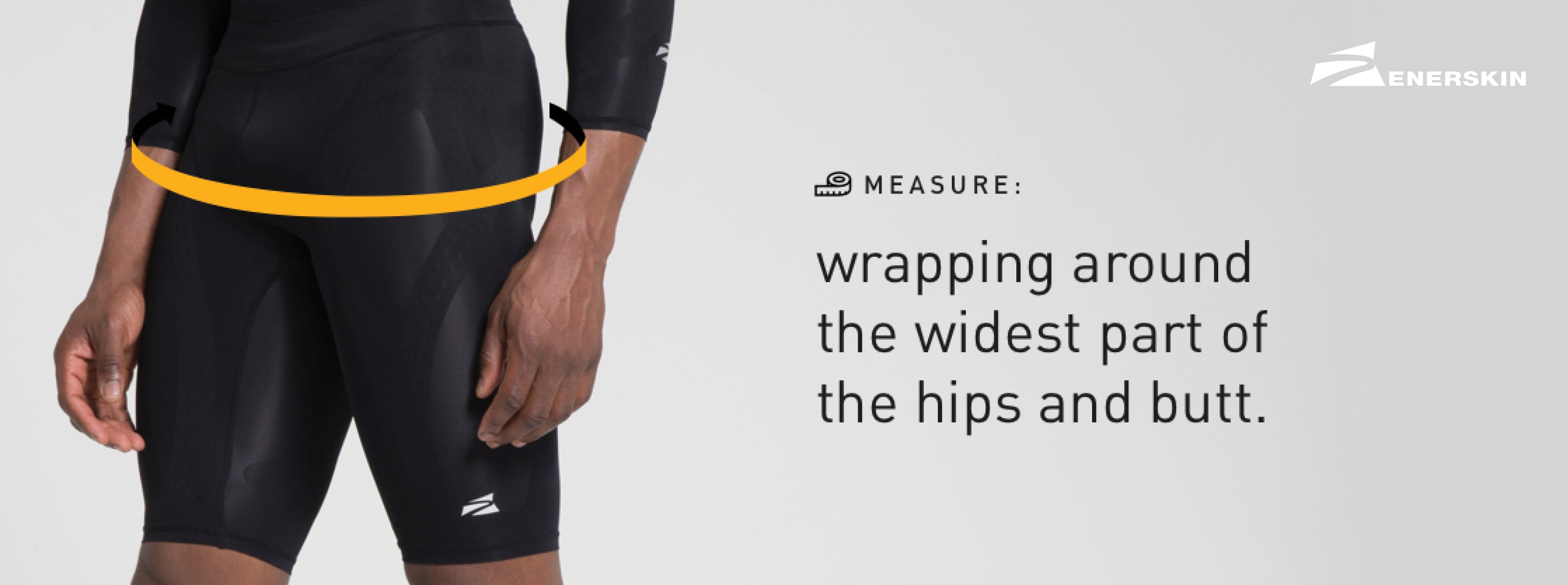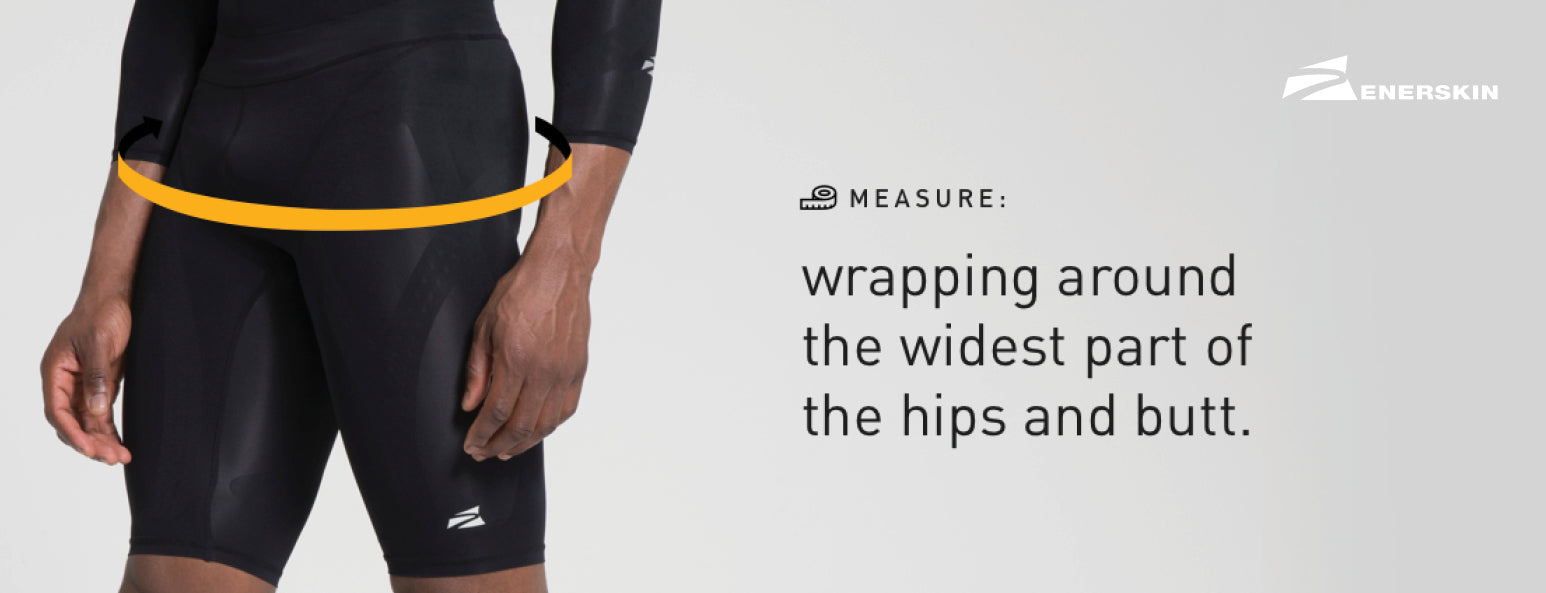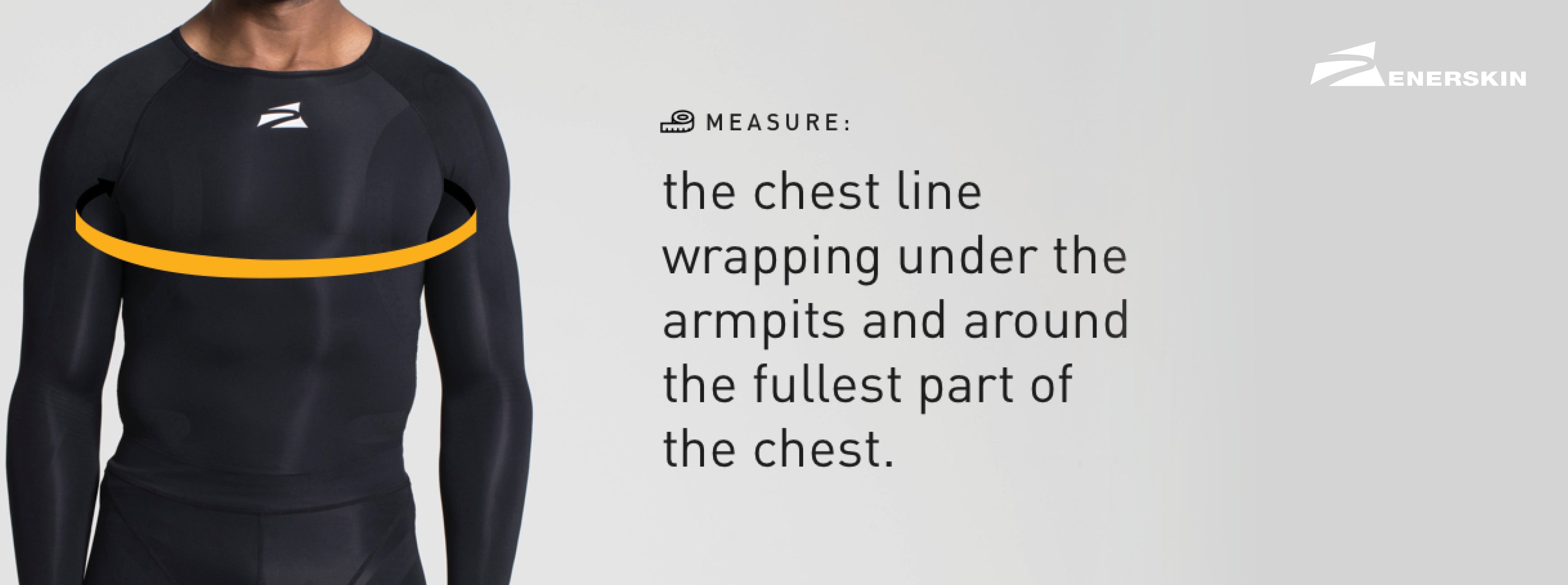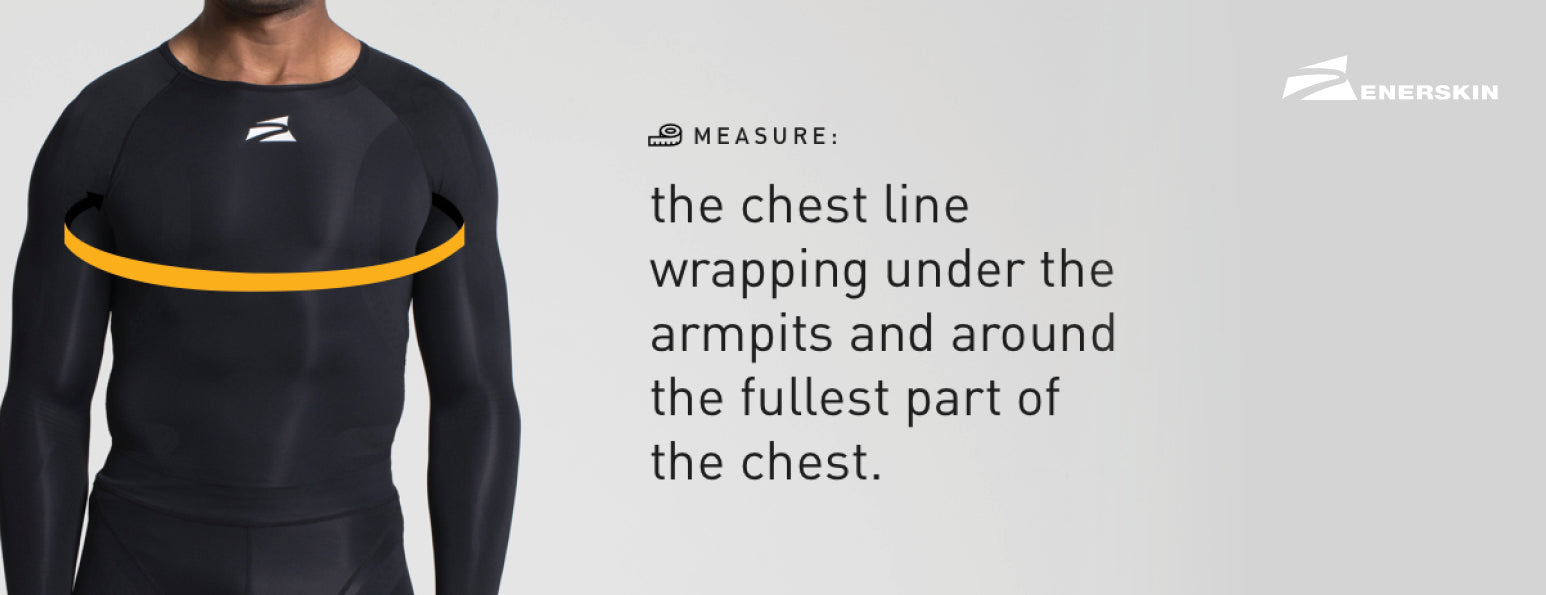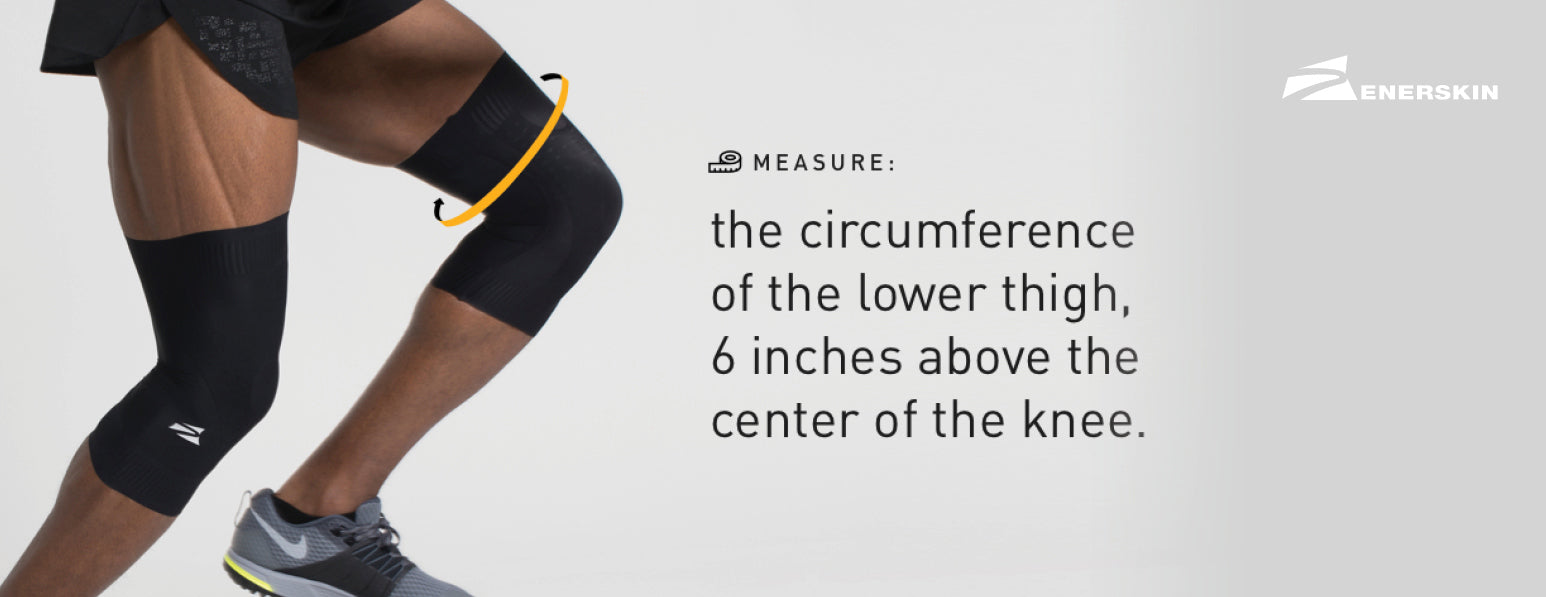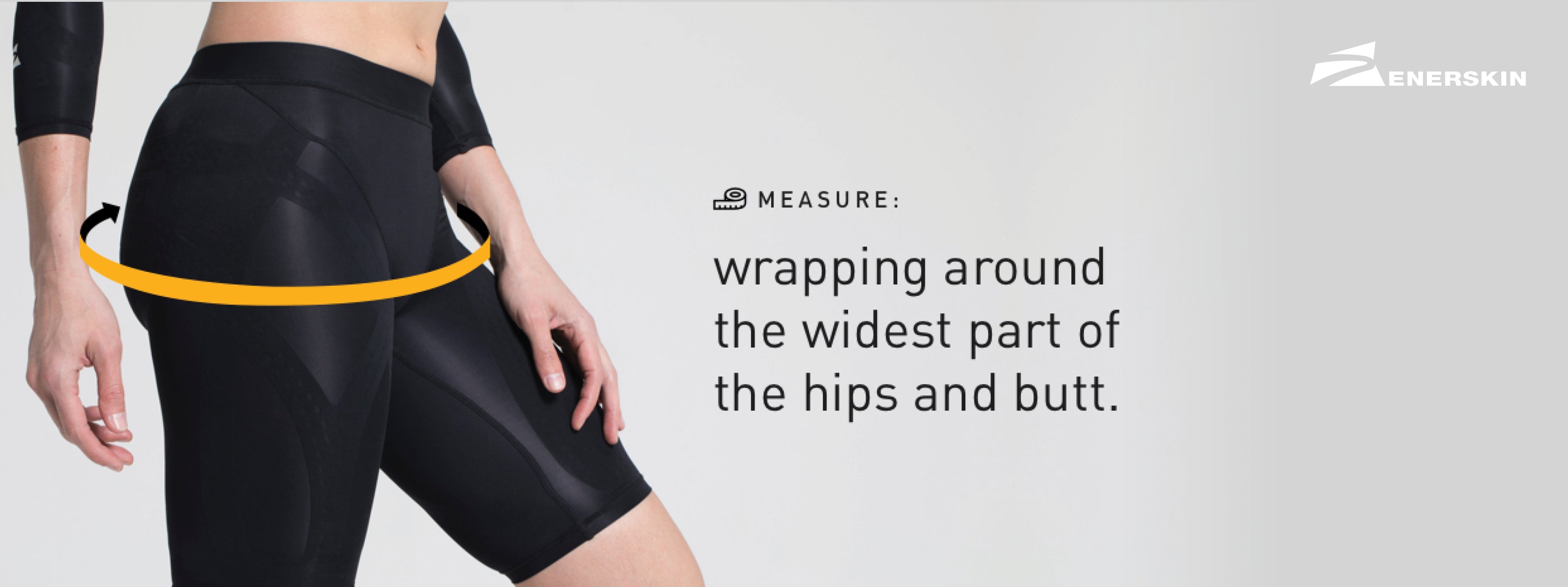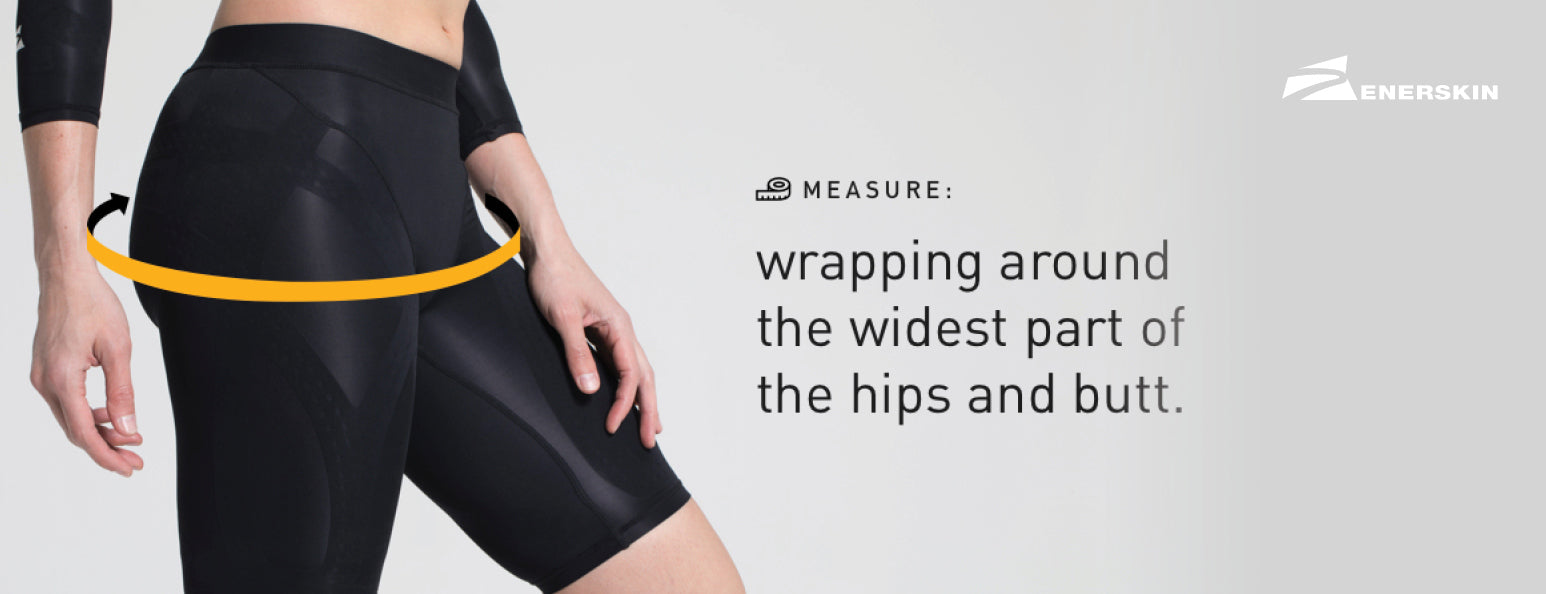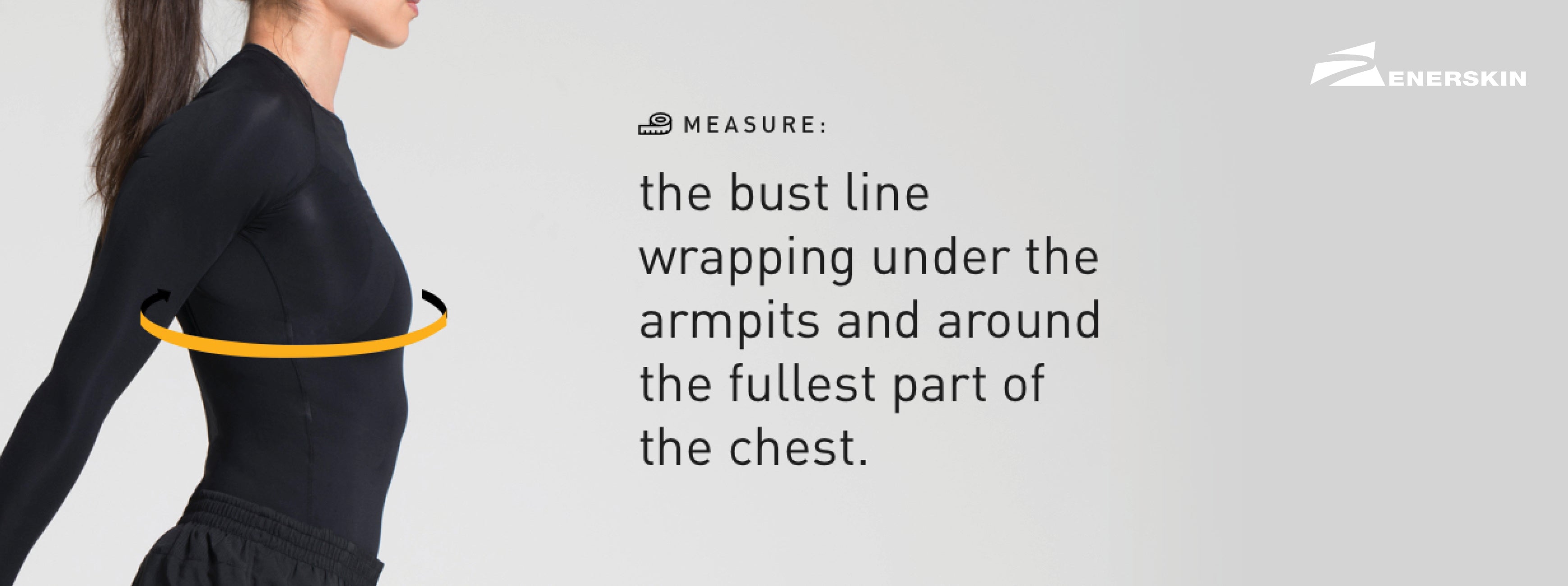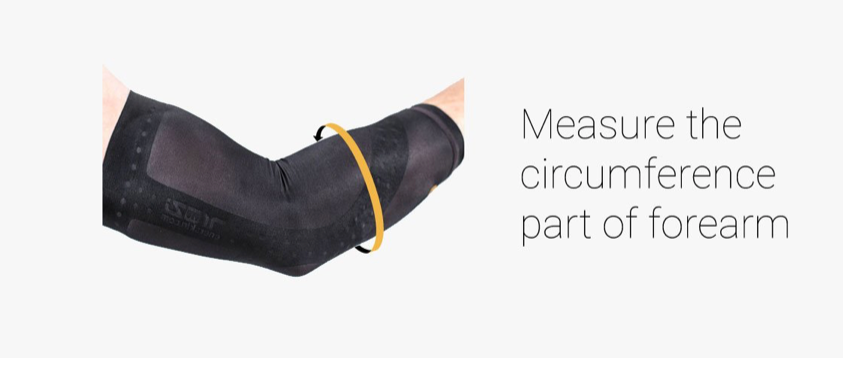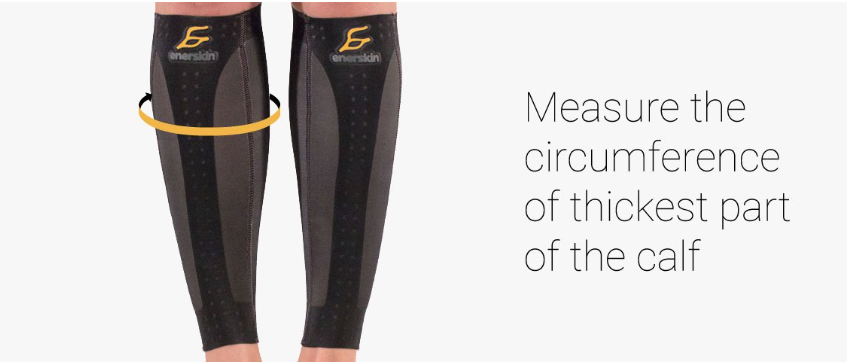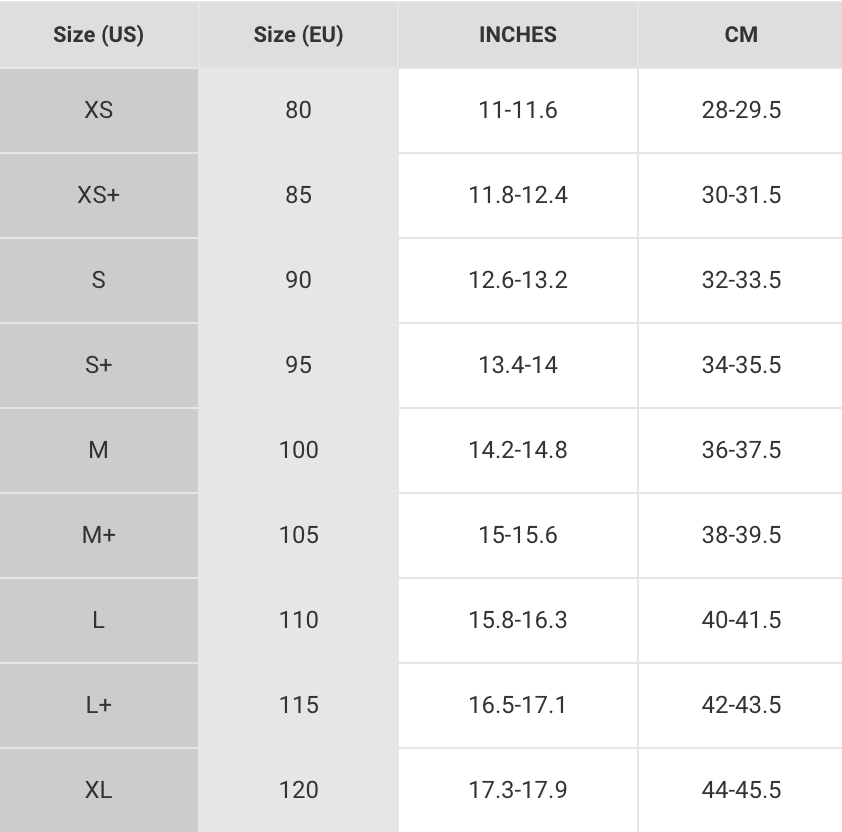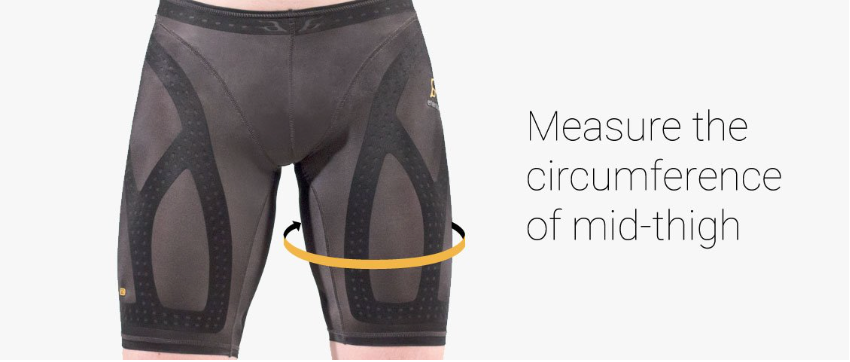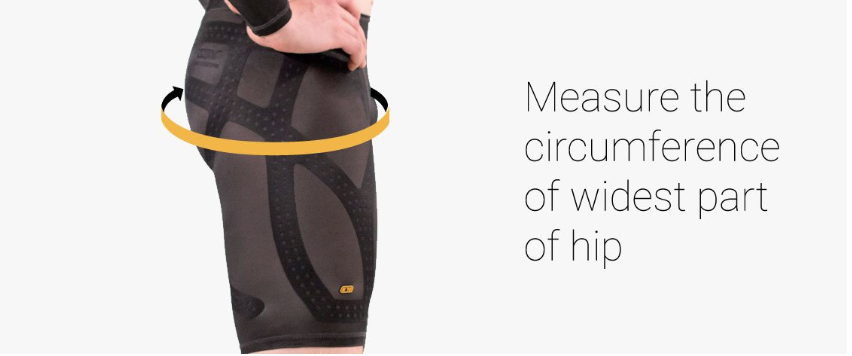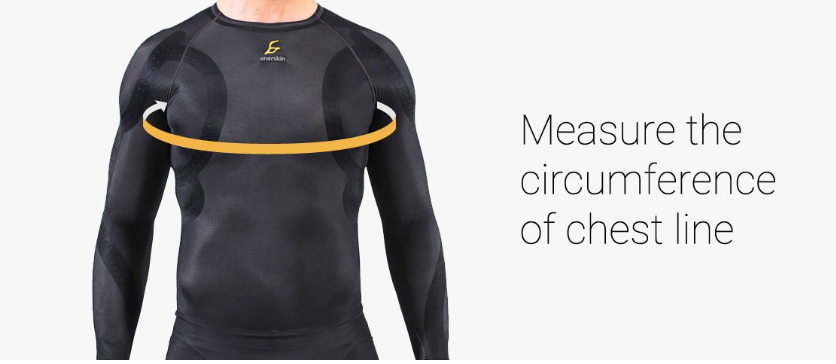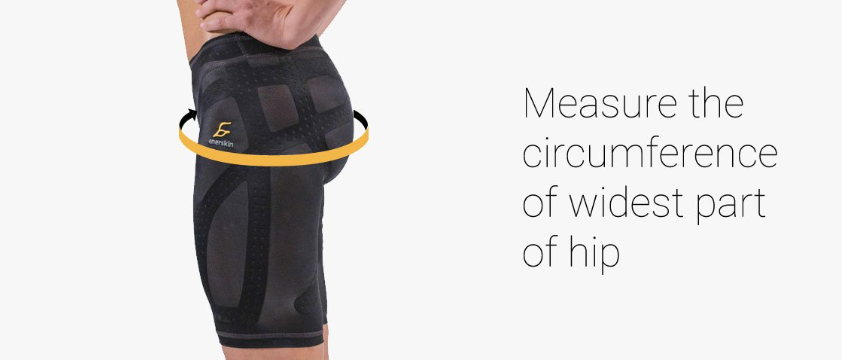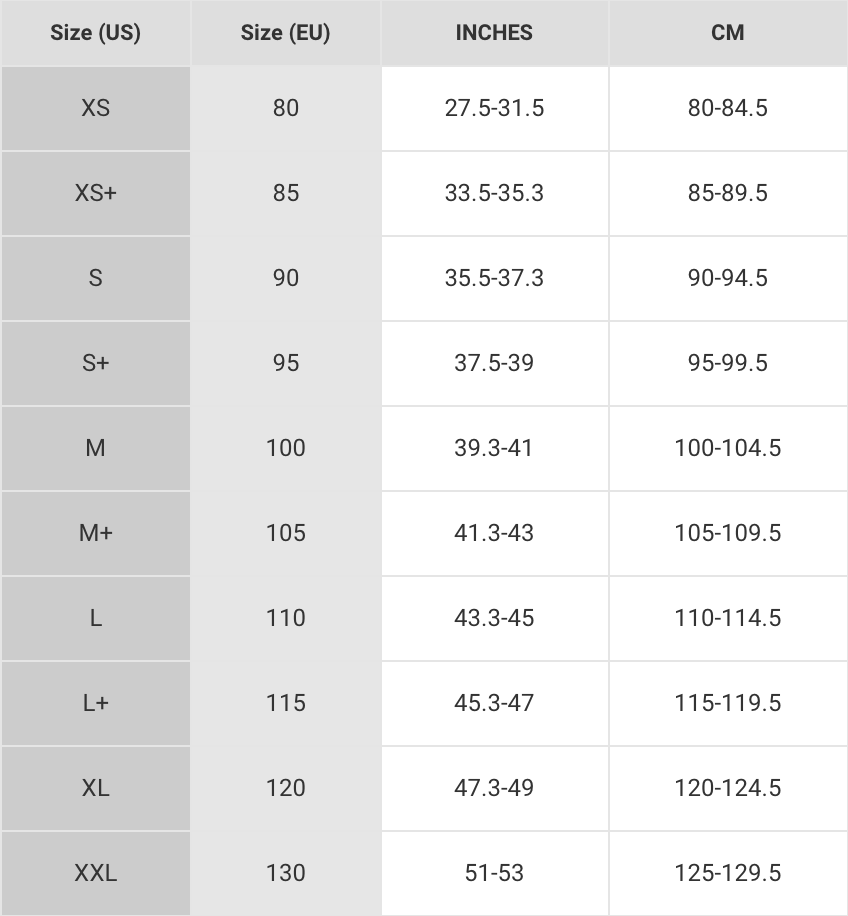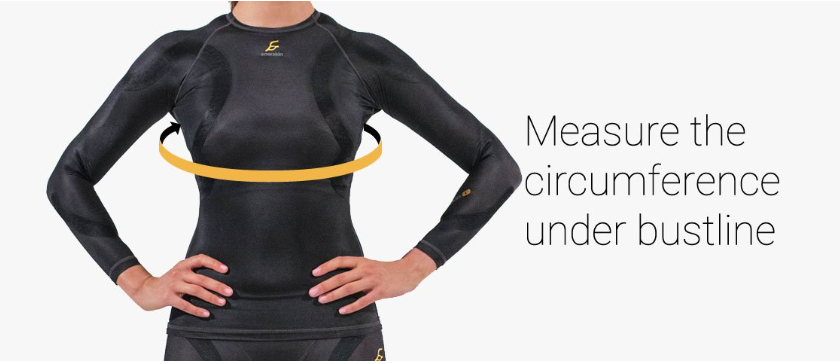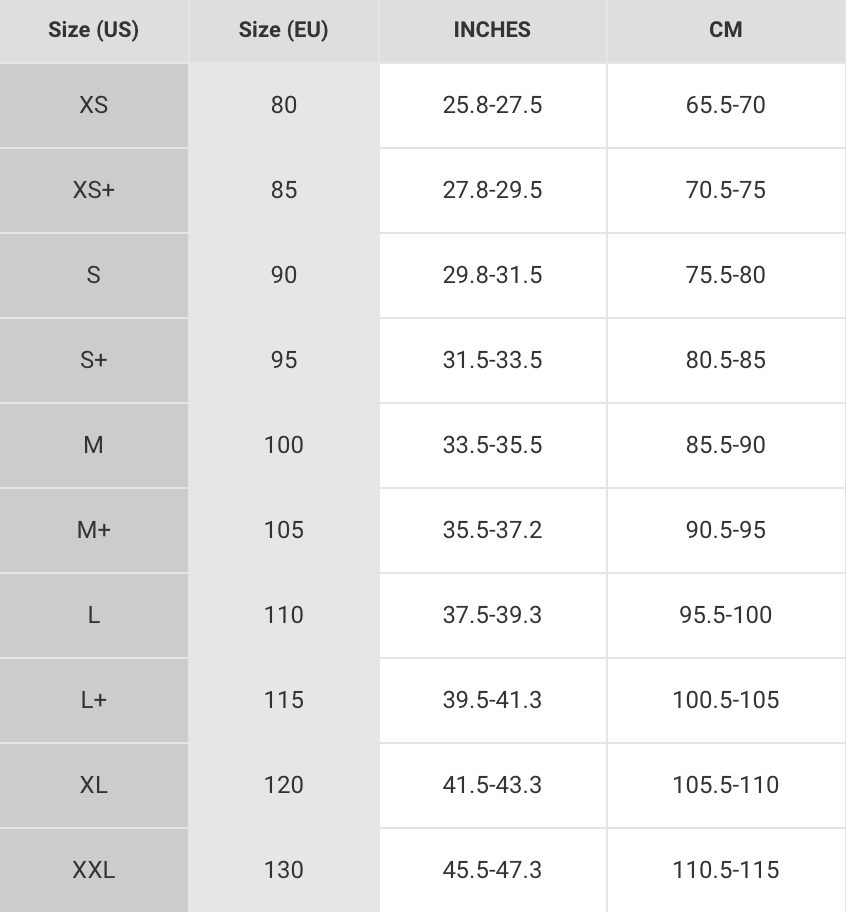3 Athlete-Approved Ways to Recover Faster From Injury

http://sportskneetherapy.com/wp-content/uploads/2014/08/derrick-rose-acl-injury.jpg
Game 1 of the 2012 NBA Playoffs. Bulls vs. 76’ers. Derrick Rose, 2011 MVP, dribbles the ball casually along the 3-point line, then cuts left, slices right to blow his first defender. Two more defenders converge to collapse on him. Rose plants his feet for the pump fake, launches himself into an awkward fake shot, ultimately passing to Carlos Boozer before half falling, half limping off the court to the sideline.
He lays down on the hardwood, clutching his left knee. He’s obviously in lot of pain.
A near career-ending injury
For Chicago fans, it was a moment that would haunt them for the next three years. Rose, seen by many ex-players and commentators as the best point guard in the league at the time, suffered a torn ACL in the last few minutes of a game the Bulls had already won. It was an unthinkable, unexpected, senseless tragedy for one of the NBA’s brightest stars.
Rose was out for the rest of the season, and in the years to come, subsequent leg injuries put him back on the bench time and time again. Even when he was healthy enough to play, the former MVP seemed like a shadow of his former self.
If you’ve ever been injured, you can relate to this story. Injuries can be debilitating, especially for athletes. Knowing that, in a split second, you could lose your ability to do something so fundamental to your sense of self, is scary. It’s why most people would prefer not to think about injury at all. But, as with all things in life, it’s much better to be prepared.
Here are 3 ways anyone, including you, can recover faster from a sports-related injury:
1. Accept that it happened, and that it’s not your fault
In the years since Rose tore his ACL, countless sports fans have attributed Rose’s injury to his intense, reckless playing style. Many people believe that, had he played more conservatively, he would have been able to avoid injury altogether and stay healthy.
While this is certainly possible—it’s not certain. Sometimes, injury happens for no foreseeable or preventable reason at all.
Bottom line: it isn’t Rose’s fault that he got injured. For many injured athletes who have had to lace up their shoes and give up their dreams, guilt and self doubt are some of the biggest problems.
You absolutely have to move past that kind of thinking if you want to ever fully recover from a serious injury. Not only will you bog down the recovery process with negative thinking, you’ll doubt yourself even after you’ve recovered. That’s not true recovery.
2. See a physical therapist
There are five stages in the Kübler-Ross grieving model, but the most well-known stage is denial. It’s the same with injuries.
Many athletes, even after admitting that they’ve been injured, don’t want to admit that it might be a serious injury. Instead of going to see a doctor and physical therapist, they’ll convince themselves that the injury probably isn’t that bad, and that it’ll get better on its own with time. They’ll use any excuse, from potential bills to missing practice or work, to avoid going to the doctor.
Injuries are tricky because they’re usually internal. You can’t actually see the extent of an injury unless you get an X-ray. Sure, it might not be that bad and could heal on its own over time—but why take that chance? A torn tendon or permanently limited range of motion isn’t something you should regret until it’s too late.
3. Use therapeutic taping
Over-the-counter compression tape or sports tape is easy enough to understand. It supports the muscles by keeping them tight, and is only worn during exercise.
Therapeutic tape, also called kinesiology tape, is different. Physical and occupational therapists use it on professional athletes and regular Joes to apply differing levels of tension to different muscles at a target location. By passively pulling and stretching specific muscles both at work and at rest, medical tape helps athletes recover faster by ensuring that their muscles are in the right orientation at all times.
Medical-grade tape has been shown to improve shoulder pain and lower back pain in recovering patients, just to name a few. It’s a no-risk way to reduce pain and recover faster from injuries.
Injuries are awful, but recovery doesn’t have to be
There are other ways to recover faster from injury, including cross-training weak muscles (substituting jogging for swimming) and eating the right foods (proteins) while avoiding the wrong ones (sugars and fats).
But these are not so much ways to recover from injury as they are smart life choices. You should be staying in shape and eating right regardless of injury.
Still, injuries can be complicated, and we certainly don’t believe we’ve listed all of them here. These are just general methods that everyone should be aware of. If you think we missed any important recovery methods, let us know in the comments below.
Recover Faster with Enerskin Today
you may also like
